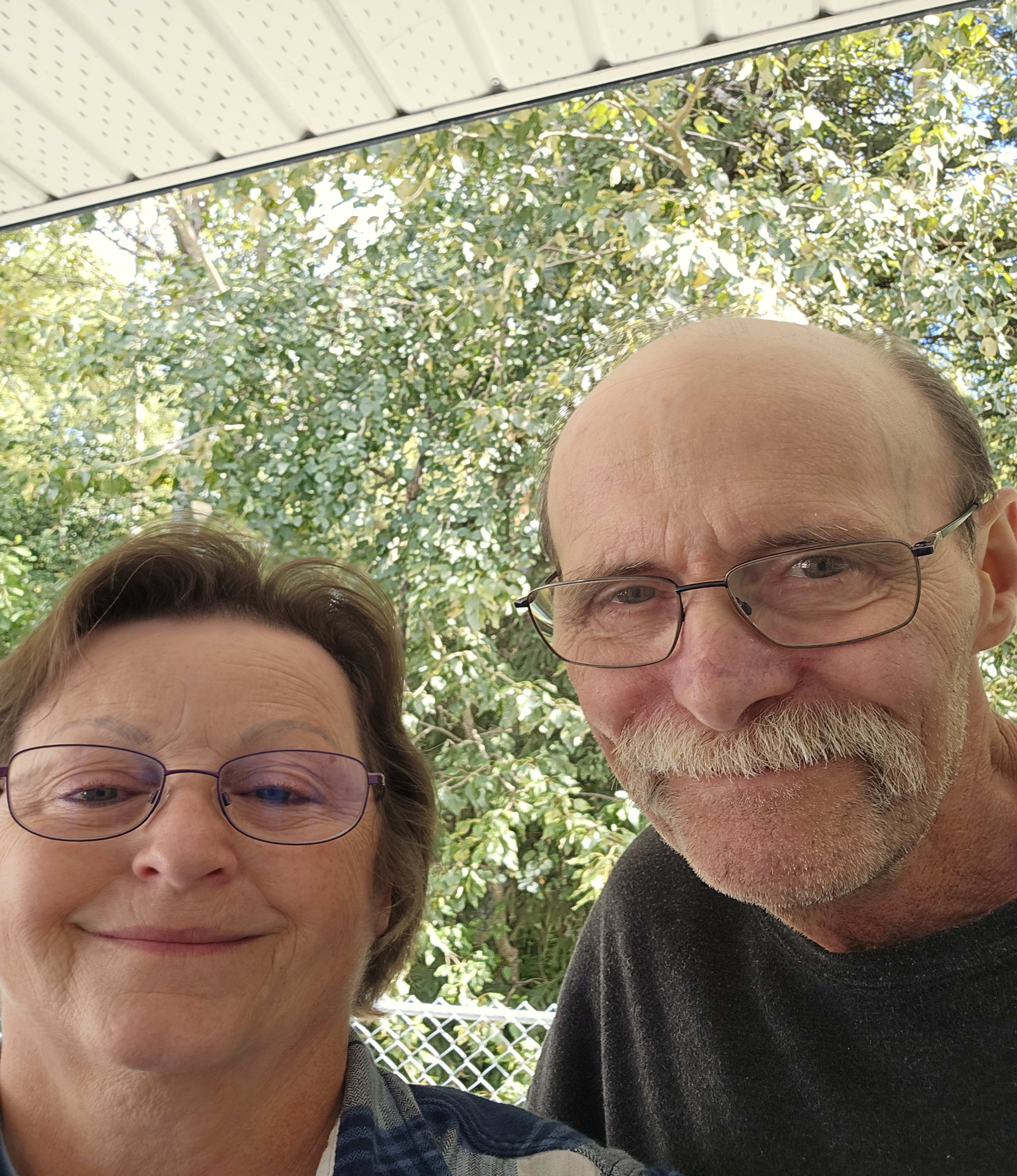HDR Brachytherapy Treatment Comes to the BC Cancer Agency
September 20, 2012
Found in Access, BC Cancer - Kelowna, Brachytherapy
When I arrived at the BC Cancer Agency in Kelowna in June 2009, a prostate brachytherapy program was already in place. My colleague and program director, Dr. Ross Halperin, had secured two operating days per month at Kelowna General Hospital, adjacent to the cancer centre. More importantly, the BC Cancer Foundation had secured support from generous Kelowna donors to build our own operating suite in the cancer centre. This enormous step, made possible through donor funds, was vital to the growth of the program. Having our own operating facility enabled us to increase operating days from two days per month to one day per week and subsequently to two days per week. This not only allowed us to administer an increased number of low dose rate permanent seed prostate brachytherapy implants, but also to begin new programs.
High dose rate (HDR) brachytherapy did not yet exist in British Columbia. This type of treatment is very different from permanent seed implants: more versatile and more precise. No radioactivity is left in the patient but instead a very high intensity radioactive source is used to traverse the prostate, “stepping” through a series of conduits that have been strategically placed in the prostate under ultrasound guidance. The source’s passage through the prostate is computer controlled. Every time it pauses, it delivers radiation to that site and then it moves 2mm further along to the adjacent site and pauses again. The dose is thus “painted” in very carefully and kept away from other structures in the vicinity. In just ten minutes, more than the equivalent of a whole week’s worth of external beam radiotherapy is accurately and precisely delivered to a patient’s tumour.
I was very keen to begin this type of treatment in Kelowna but new programs need not only university and ethics approval, but also financial support. I was contacted by a B.C. resident newly diagnosed with prostate cancer who had researched his treatment options and decided he wanted HDR brachytherapy. He subsequently donated generously to the BC Cancer Foundation to start B.C.’s first HDR program. New treatments require sophisticated imaging and equipment, and thanks to this donor’s generosity, and others, one research study has already been completed and a second one is underway. Without donor funds, this would not have been possible.
Juanita


